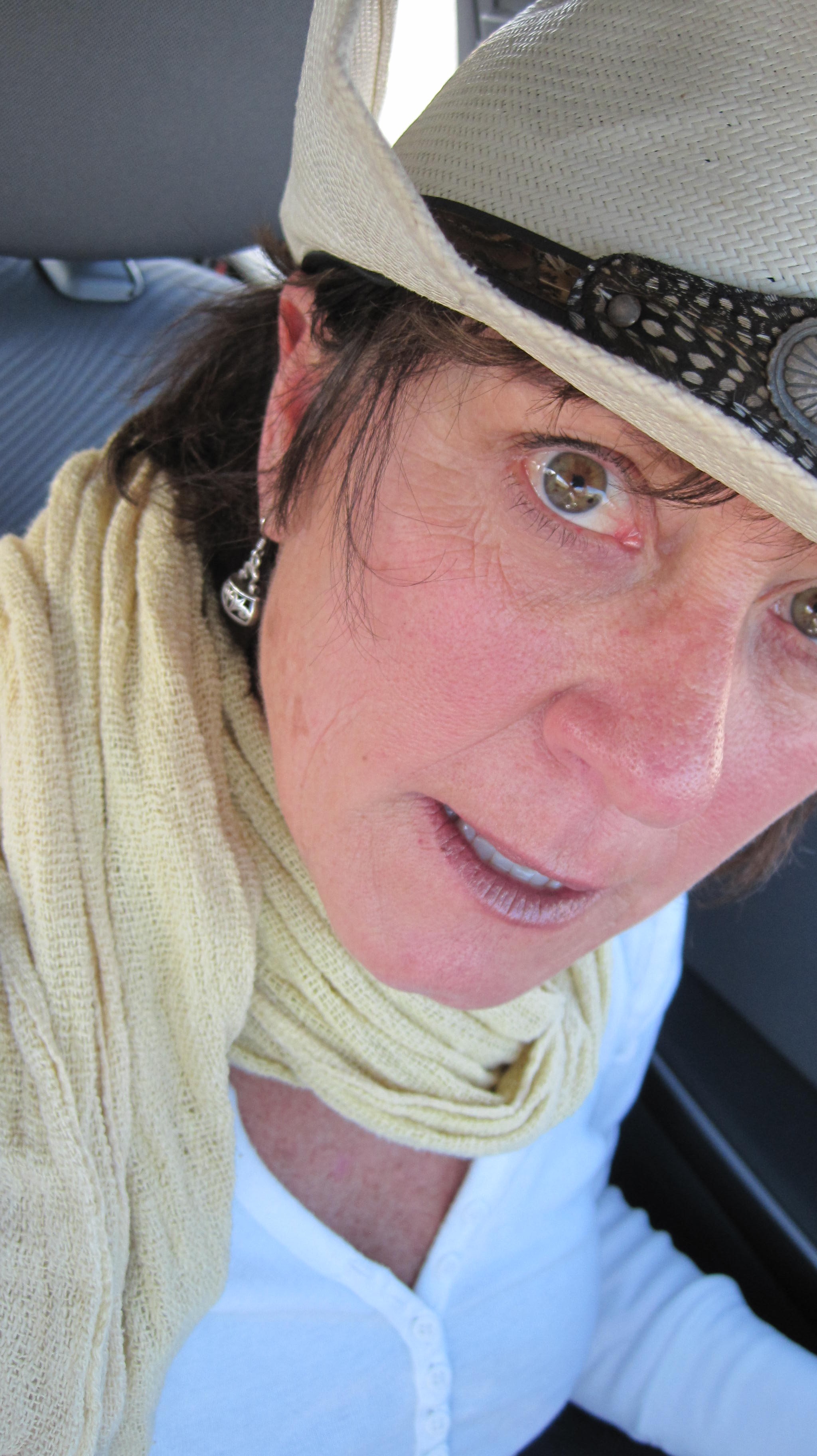About a decade ago I was invited by Dan, a jazz pianist, to be a participant at an artist’s retreat. I met Dan at a Nevada Arts Council meeting held in the conference room of a swanky Vegas mega-hotel. We were panelists awarding grants to arts organizations around the state. I could hear the faint musical encouragement of casino slot machines as we sat behind name cards discussing the dozens of applications stuffed into lethally sized binders. Cigarette smoke drifted into the room whenever the door opened.
Dan told me about the retreat over lunch. He was looking for jazz musicians and poets, he said, because “metaphor and improvisation are two of their food groups.” I was game.
In late July, 10 of us met on a dock outside of International Falls, Minnesota and boated to a small island in the boundary waters between the United States and Canada. No agenda, no schedule, no wake-up calls, no Wi-Fi.
We spent most of our time solo, canoeing, swimming, staring at clouds and retreating into our cabins to read, write or work on whatever we were working on. In the evenings, we gathered, cooked a communal dinner and sat around a scarred, wooden table sharing the meal and conversation that circled around the idiosyncrasies of creativity.
I chose nothing.
Nothing. No thing. The opposite of everything. The absence of anything. I wanted to talk about the role of nothing in the things we made. What kind of nothing was something for each of us?
I know that talking about nothing can make your brain curly and overheated. It’s like thinking about infinity or what it feels like to be dead. There’s no satisfactory landing pad for your thoughts, and the more you think, the muddier it can become. Philosophers have been duking it out over the concept of nothing for millennia, beginning with the recorded history of the Greeks, who took the stance that nothing was not a viable concept. It isn’t possible, they posited, for nothing to exist. Even metaphysicists, who most often train their pointy-headed hypotheses on what does exist, have ventured into the business of looking at some of the more popular scientific flavors of nothing: omissions, vacuums and void.
We weren’t metaphysicists or philosophers. We were a bunch of artists sitting around a table drinking boxed wine, deconstructing what we do. When we spoke of nothing, our conversation tilted toward ideas of rest, pause, space and silence. We talked about the kind of nothing that makes our something, something. The rest between notes. The silence between sounds. The space between words. We turned toward Eastern philosophies where nothingness is cousins with emptiness.
Taoist teacher Lao Tsu said, “We shape clay into a pot, but it is the emptiness inside that holds whatever we want.” The Chinese word for emptiness is kong; it is seen as the space between, a fertile place between lives, breaths, musical notes, words. The Japanese have the concept of ma, which is applied to all aspects of life. It is described as an interval, the artistic interpretation of an empty space. It is the vital place for things to develop or be.
Emptiness as an aspirational idea does not appear to attract influencers, clickbait or memes. It is anathema to the shop-buy-replace culture we’ve created. It’s impossible to snap for Instagram posts. How do you inspire envy when it is nothing that you are aiming for? Empty, pause, rest, nothing—we connote these as terms that mean without, to have not. In a culture that competes on accumulation and exhibition, where is the value in nothing, in the opposite of everything? Can we have it all if what we want is nothing?
Nothing.


